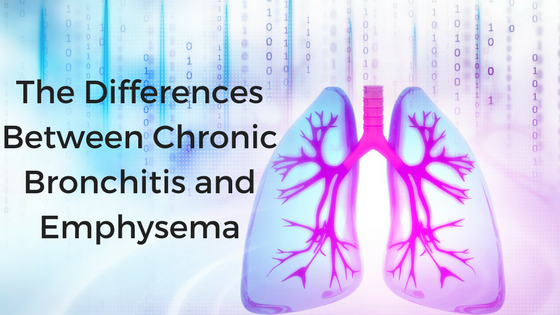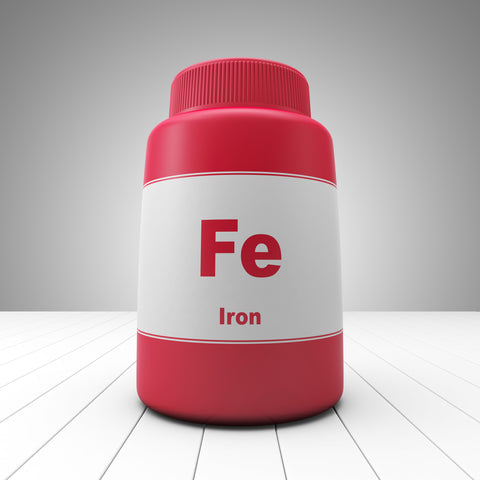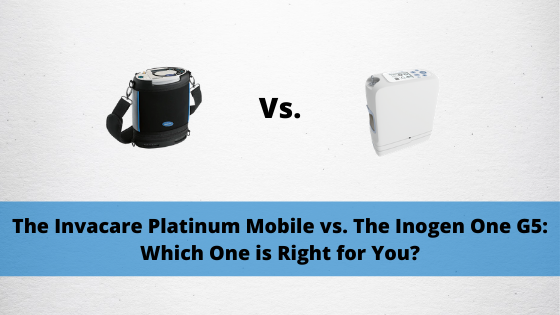Respiratory Resource Center - LPT Medical
The Differences Between Emphysema and Chronic Bronchitis
There are many different types of lung and respiratory...
Read MoreCould Iron Be a Leading Cause for COPD?
Chronic obstructive pulmonary disease (COPD) has often been linked...
Read MoreThe Invacare Platinum Mobile vs. The Inogen One G5: Which One is Right for You?
If you’ve ever been tasked with finding an electronic...
Read More


